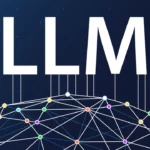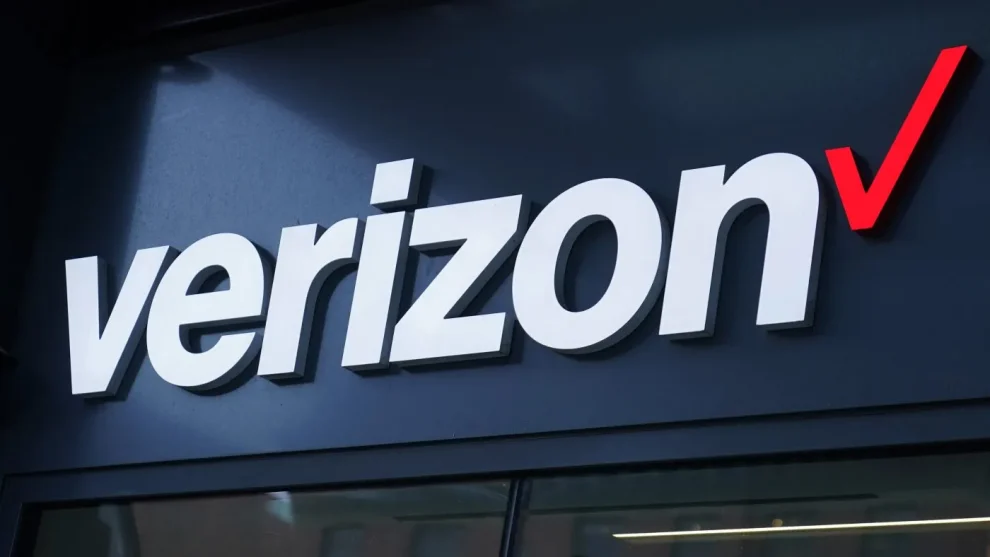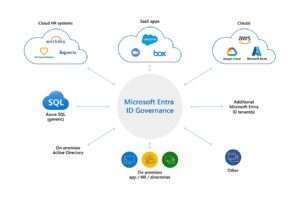On a crisp Monday morning in September, thousands of Verizon customers across the United States woke up to an unsettling silence. Their phones, usually buzzing with notifications and calls, had fallen eerily quiet. As the sun rose over the East Coast, it became clear that Verizon, one of the nation’s largest wireless carriers, was grappling with a significant network outage.
The Scale of the Disruption
By 9:00 AM Eastern Time, the popular outage tracking website Down Detector had logged a staggering 104,378 reports of service interruptions. From bustling city centers to quiet suburban neighborhoods, Verizon users found themselves unexpectedly disconnected from the digital world.
Sarah Thompson, a marketing executive from Boston, shared her experience: “I woke up to what I thought was just my phone acting up. But when I got to the office, half my team couldn’t make calls or send emails. That’s when we realized something bigger was going on.”
As the morning progressed, the number of reported outages began to decline, but the impact of the disruption continued to ripple through businesses, homes, and emergency services across the country.
FCC Steps In For Course Investigation
By early afternoon, the Federal Communications Commission (FCC) had taken notice of the situation. In a statement posted on their official Facebook page at 2:15 PM, the regulatory body announced:
“We’re aware of a Verizon outage impacting customers in parts of the country. We are working to determine the cause and extent of these service disruptions.”
This swift response from the FCC underscores the seriousness of the situation, especially in light of recent high-profile outages that have plagued the tech industry in 2024.
Indeed, this Verizon outage is just the latest in a series of technical failures that have rocked the digital landscape this year.
In July, a software glitch at cybersecurity firm CrowdStrike triggered a global outage affecting Microsoft users worldwide. The impact was far-reaching, disrupting operations in banks, airlines, and even hospitals.
John Martinez, an IT specialist at a major Chicago hospital, recalled the chaos: “We had to revert to paper records for hours. In a busy ER, every second counts. That outage put immense stress on our staff and potentially risked patient care.”
The severity of the CrowdStrike incident prompted a congressional hearing last week. The House Homeland Security Committee grilled Adam Meyers, CrowdStrike’s senior vice president of counter adversary operations, on the company’s role in the outage.
Committee Chairman Rep. Andrew Garbarino (R-N.Y.) opened the hearing with a stern statement: “The sheer scale of this error was alarming. We are here today to understand what went wrong.”
Verizon isn’t the only telecom giant to face network troubles this year. In February, rival AT&T experienced a widespread service outage affecting multiple major cities, including New York, Chicago, Dallas, Miami, Atlanta, and Houston.
The FCC’s subsequent report on the AT&T incident was scathing, criticizing the company’s role and response to an outage that blocked a mind-boggling 92 million calls, including over 25,000 attempts to reach emergency services by dialing 911.
Lisa Chen, a 911 dispatcher in Houston, shared her perspective: “Those were terrifying hours. Knowing people needed help and couldn’t reach us… it’s a nightmare scenario for any emergency responder.”
Both the CrowdStrike and AT&T outages were traced back to botched updates related to network expansions, highlighting the delicate balance between progress and stability in our increasingly connected world.
As we delve deeper into the digital age, these outages serve as stark reminders of our dependence on technology. From missed business opportunities to delayed medical care, the ripple effects of such disruptions can be profound and far-reaching.
Mark Stevenson, a small business owner in Atlanta, expressed his frustration: “When the network goes down, so does my business. I can’t process payments, can’t communicate with clients. It’s like stepping back in time, and every minute offline is money lost.”
Despite the challenges, industry experts see these incidents as crucial learning opportunities. Dr. Samantha Lee, a professor of Information Systems at MIT, offered her insights:
In today’s interconnected world, where digital disruptions are, unfortunately, increasingly common, the ability to learn from and adapt to these challenges is crucial for long-term business success. Each outage provides valuable data on weak points in our digital infrastructure.”
As Verizon works to resolve the current outage, the company is also looking to the future. Earlier this month, they announced plans to acquire Frontier, the largest pure-play fiber internet provider in the U.S., in a $20 billion all-cash transaction.
This strategic move, coming amid the ongoing outage challenges, signals Verizon’s commitment to strengthening its infrastructure and expanding its capabilities in the evolving landscape of connectivity.
Industry analyst James Wong commented on the acquisition: “With the rise of 5G and even 6G, the increasing reliance on fiber optics, and the ongoing shift to digital-first lifestyles, this acquisition speaks volumes about the future of connectivity and the strategic maneuvers large corporations are making to position themselves in a rapidly evolving landscape.
A Wak e-Up Call for the Industry
As the sun sets on another day of digital disruptions, the Verizon outage serves as a wake-up call for the entire tech industry. It underscores the critical need for robust infrastructure, fail-safe systems, and rapid response protocols in our increasingly connected world.
While Verizon works tirelessly to restore service and investigate the root cause of this outage, millions of users are left to ponder the fragility of the digital networks we’ve come to rely on. As we move forward, the lessons learned from these incidents will undoubtedly shape the future of our digital infrastructure, hopefully leading to more resilient and reliable systems in the years to come.
















Add Comment